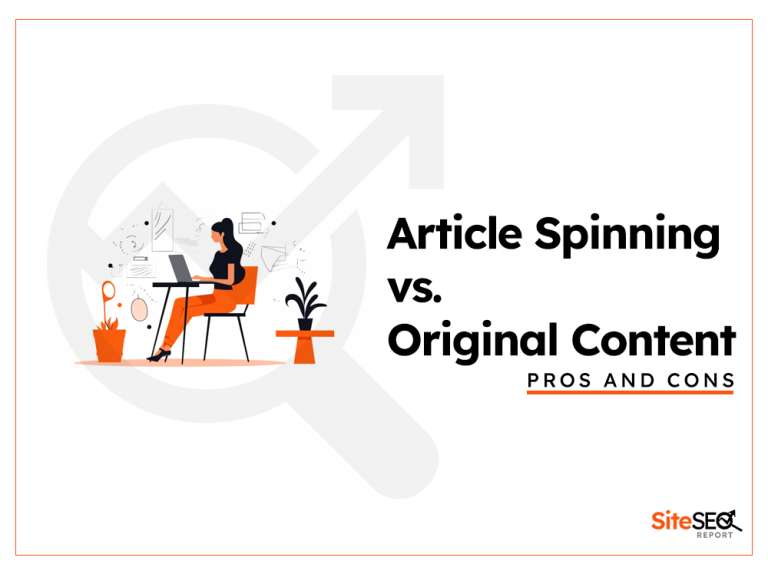Meta title tags play a pivotal role in SEO, influencing both search engine rankings and user click-through rates.
One of the age-old debates in the SEO community is whether or not to include a brand name in these title tags. Let’s dissect the arguments and determine the best approach.
The Case for Including Brand Names
- Brand Recognition: For established brands, including the brand name can boost credibility. Users familiar with the brand may be more inclined to click on the link, knowing they can expect quality content.
- Trustworthiness: In a sea of search results, a recognized brand name can serve as a beacon of trust, assuring users of the legitimacy and reliability of the content.
- Consistency: Including the brand name ensures a consistent presence across all search results, reinforcing brand identity.
- Competitive Edge: If competitors are ranking for similar keywords, a strong brand name can differentiate your content and give you an edge.

Source – Link for Google SEO Forum
The Case Against Including Brand Names
- Limited Space: Meta title tags have a character limit, typically around 50-60 characters. Including a brand name consumes valuable space that could be used for other descriptive or keyword-rich content.
- Redundancy: If your brand is already well-known or if you have a strong domain name that includes your brand, repeating it in the title tag might be redundant.
- Dilution of Focus: For pages targeting specific long-tail keywords or niche topics, including the brand name might dilute the focus and reduce the perceived relevance of the page for the specific query.
Best Practices: Finding the Middle Ground
- Prioritize Homepage and Main Pages: It’s essential to include the brand name in the title tags of primary pages like the homepage, about page, and contact page. These are the pages where brand recognition matters most.
- Consider Page Content: For detailed articles, blog posts, or specific product pages, assess whether the brand name adds value. If the content is highly specialized, it might be best to prioritize keywords and descriptive terms.
- Use a Separator: If you decide to include the brand name, use a separator like a pipe (|) or a dash (-) to distinguish it from the main title. For example: “Ultimate Guide to SEO | BrandName.”
- Test and Refine: As with all SEO strategies, it’s crucial to test different approaches. Monitor the CTR and rankings of pages with and without the brand name in the title tag and adjust accordingly.
Frequently Asked Questions
What is a meta title tag?
A meta title tag is an HTML element that specifies the title of a webpage. It’s displayed on search engine results pages (SERPs) as the clickable headline for a given result and plays a crucial role in SEO.
Why is there a debate about including brand names in title tags?
The debate stems from the limited character space in title tags and the need to balance brand recognition with keyword optimization to achieve the best SEO results.
How does including a brand name in the title tag benefit my website?
Including a brand name can boost credibility, trustworthiness, and brand consistency in search results, especially if your brand is well-recognized.
Are there drawbacks to adding my brand name to every title tag?
Yes, it can consume valuable character space, potentially leading to truncation in SERPs. It might also dilute the focus of keyword-specific pages.
How long should my title tag be?
Typically, it’s best to keep title tags between 50-60 characters to ensure they display correctly in search results.
Can I use separators in my title tag?
Yes, separators like pipes (|) or dashes (-) are commonly used to distinguish different parts of a title, such as the main topic and the brand name.
How do I decide whether to include my brand name in a specific title tag?
Consider the content of the page, the target audience, and the brand’s recognition. For main pages like the homepage, it’s often beneficial to include the brand name. For niche topics or detailed articles, prioritize keywords and content relevance.
Will omitting my brand name from some title tags harm my SEO?
Not necessarily. SEO is influenced by numerous factors. While brand recognition can boost CTR, optimizing for relevant keywords is also crucial. It’s about finding the right balance for each page.
How can I measure the impact of including my brand name in title tags?
Monitor the click-through rates (CTR) and rankings of pages with and without the brand name in the title tag. Tools like Google Search Console can provide insights into performance.
Should I keep my brand name consistent across all meta tags and meta descriptions?
While consistency is generally good for branding, it’s essential to tailor meta tags and descriptions to the specific content of each page. Evaluate the value the brand name adds in each context.
Conclusion: To Brand or Not to Brand
The decision to include a brand name in meta title tags isn’t black and white. It depends on the brand’s recognition, the specific page’s content, and the overall SEO strategy. By understanding the pros and cons and continuously testing and refining, you can determine the best approach for your brand and audience.
You can go through the discussion in the forum.






